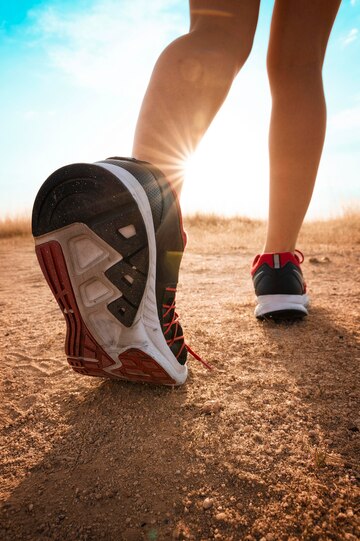Right Running Shoes: Choosing the right running shoes is very important for those who are interested in running and are athletes for both comfort and performance. The pair not only intensifies your running participation but also prevents you from injuries. This overall advice shows key factors to look at when you select your running shoes make sure that it is perfect and it is what you need. To get the best and most amazing pair of shoes for you, you need to know your foot type and which type of shoes is best supportable for running style. The correct shoes may prevent you from getting injured and promote performance The right shoe may prevent injury and promote performance. When you run, you naturally land on the outside of your foot and roll inward. This inward rolling is called pronation and Right Running Shoes.
1. Be aware of your foot type:
Acknowledge your foot arch type is key, In case you have an impartial, high, or low arch that influences the balance of support to your feet that is required. This study advises you towards shoes designed to supply the required steadiness and Right Running Shoes.
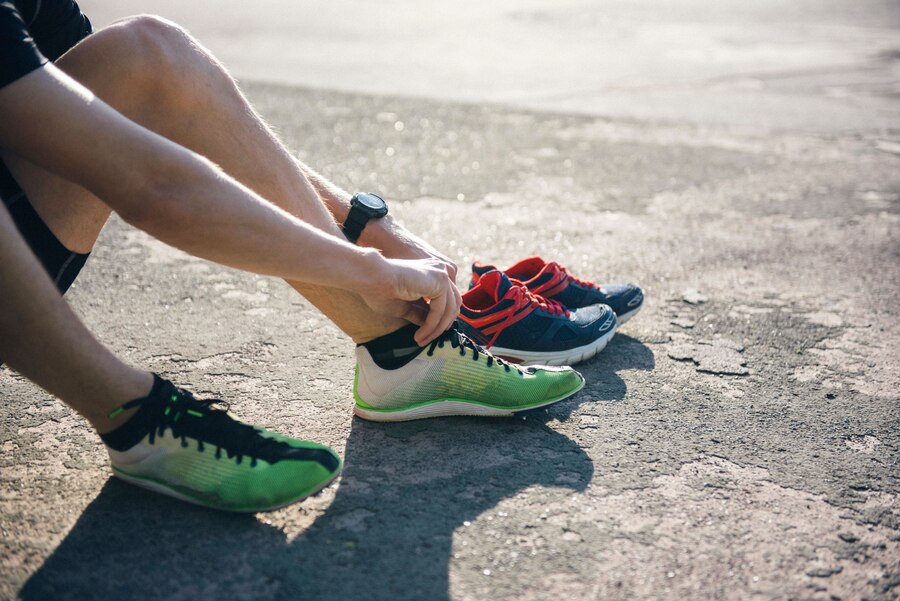
2. Perfect measurements:
Daily measure your feet, Regularly measure your feet, consider both the length and width of your feet. Feet keeps changing from time to time, and also its size so it’s necessary to base your choice on perfect measurements to prevent discomfort or getting injured, Right Running Shoes.

3. Shop from the specialty store:
Looking for advice from a running specialist or running a specialty store is vital. Well-informed staff can examine your pace, guide you to suitable brands, and let you try different models to find the perfect fit footwear for your feet, Right Running Shoes.
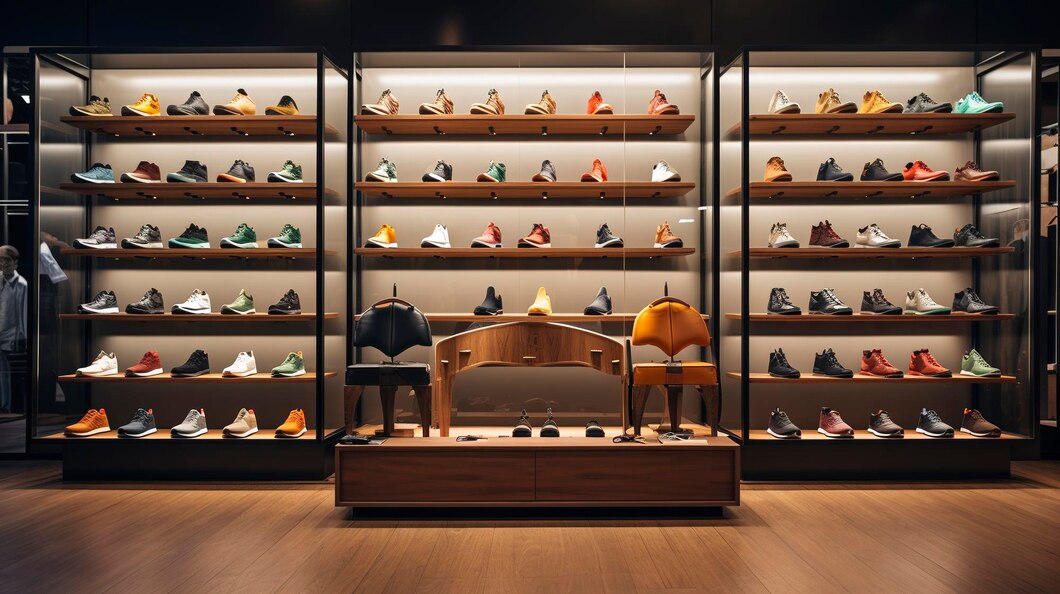
4. Consider Your Running Style:
Different running styles require different features in shoes. Whether you do long-distance running, track running, etc, select or get a pair of shoes that are suitable and supportable for your running activities, Right Running Shoes.
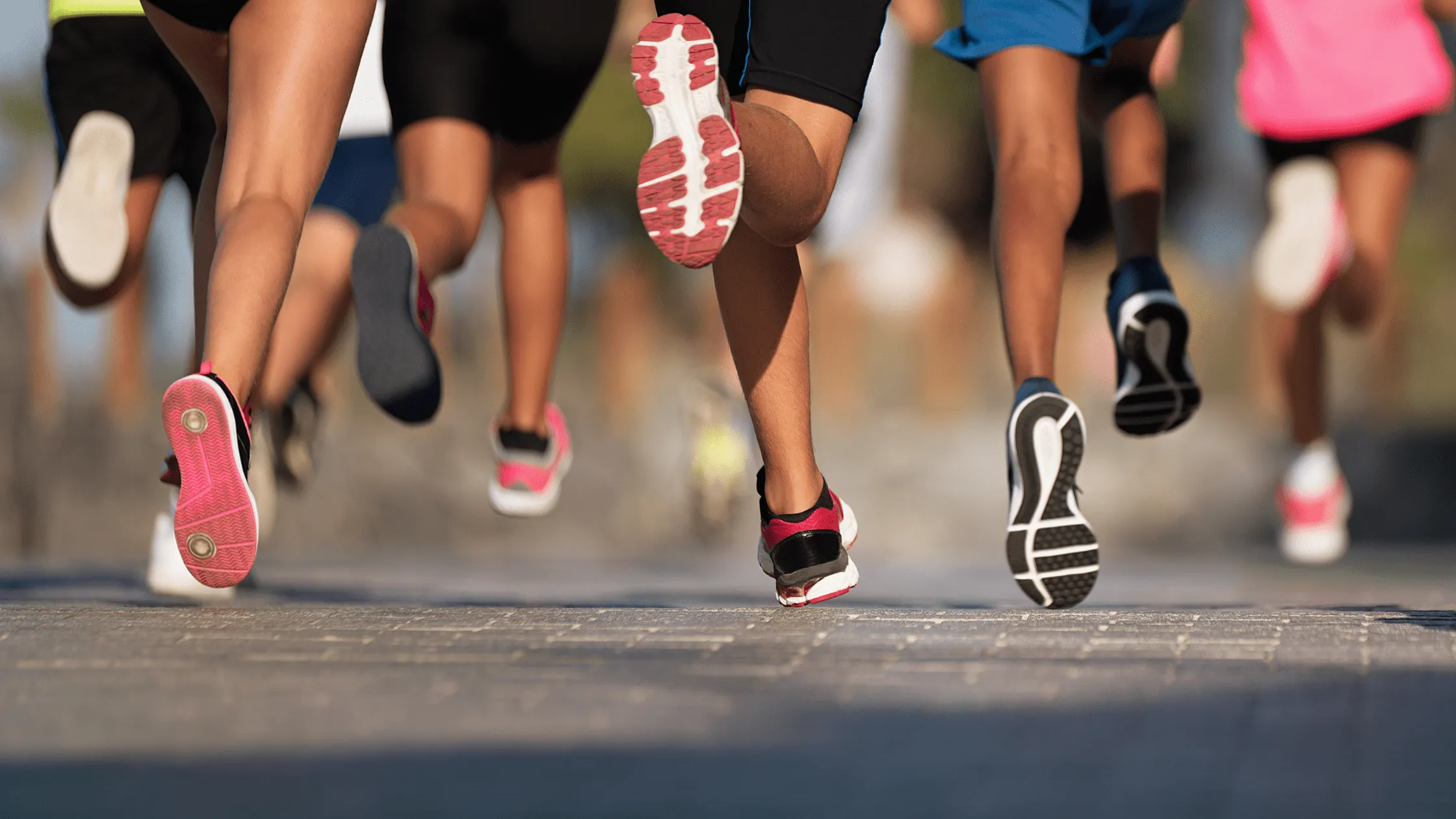
5. Change from time to time :
The running pair of shoes lose their support of use. Change them and replace the shoes after using and covering 300-500 miles and also change when you notice signs of wear and tear of shoes. Time-to-time replacement of shoes will minimize the risk of injuries and Right Running Shoes.
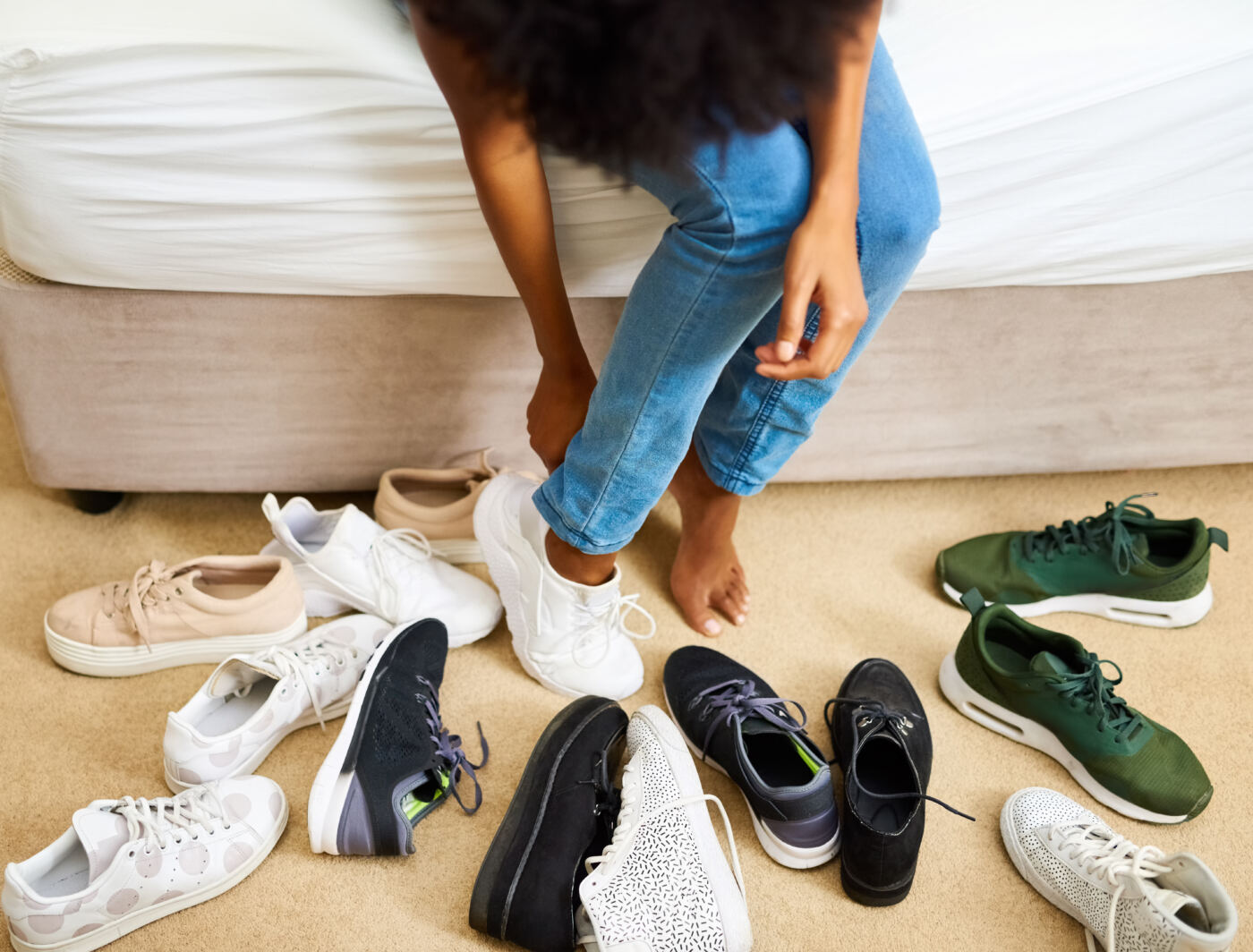
6. Acknowledge Pronation:
Acknowledge your Pronation variants and types, neutral, and Identify your pronation type—neutral, interpretation, or supination. This will help you in selecting and choosing the right shoes that cater to particular foot mechanics, presuming the correct balance of support and Right Running Shoes.
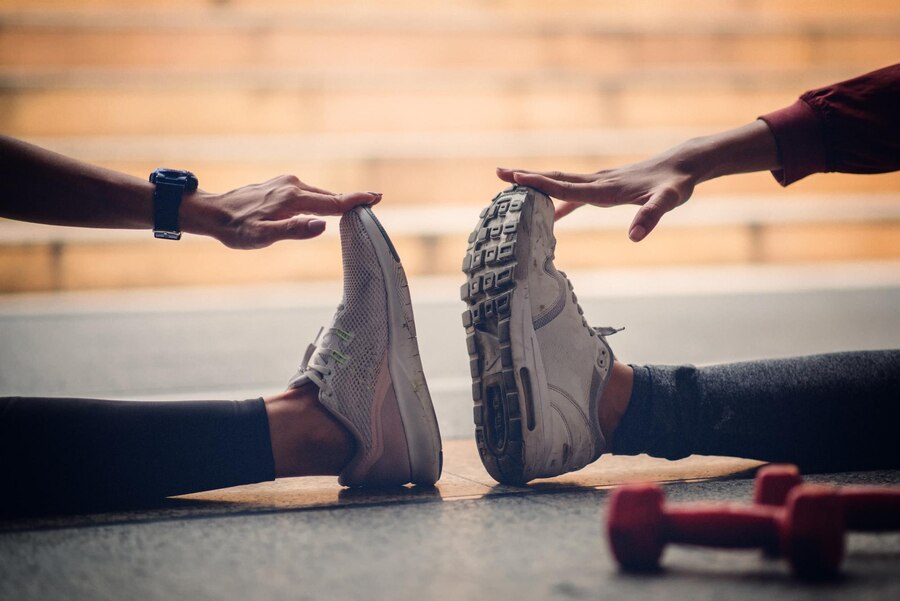
7. Prioritize consolation:
Consolation is most important. Make sure there is as much sufficient space in your room for your toes when maintaining a comfortable fit around the heel. This will minimize the risk of there being enough room for your toes while maintaining a snug fit around the heel. This minimizes the risk of blisters and discomfort during extended runs, Right Running Shoes.

8. Weight Matters:
Look at the weight of the shoes, as heavy shoes can impact your running performance. Lightweight shoes are usually better for the speed of running, whereas heavier shoes might provide support, depending on your needs, Right Running Shoes.
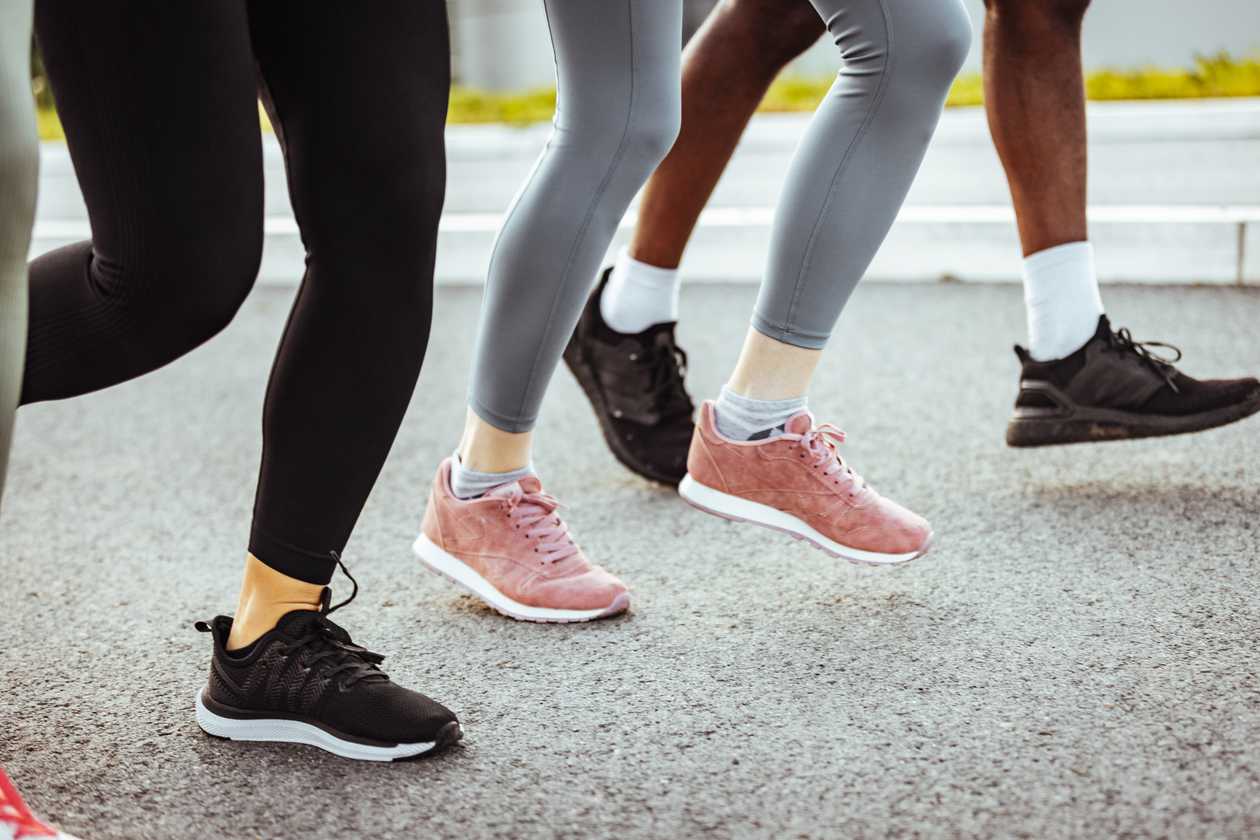
9. Brand Loyalty vs Exploration:
Brand loyalty is very common nowadays, so don’t be afraid of exploring various reputable and well-known brands. Different brands provide various technologies and designs you’ll find many various options and you might get a better fit and improved performance. Before getting a pair of shoes and finalizing your decision, take a short running test in the shop if it is possible. The practical test makes sure that the shoes you’re about to buy are comfortable for you and supportable in running, confirming the correct for your feet.
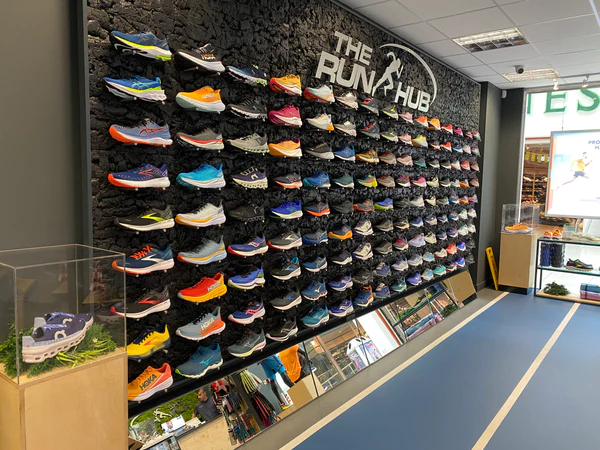
Dressing for Your Body Shape Fashion Tips
3 types of running shoes
If you know your shoes, now it’s time to get your shoes correct. Shoes are normally placed into the 3 categories. These types are not always labelled on the box of shoes but it’s your responsibility to ask a question to the salesman or do a little research online to get a better idea. Most brands provide this information on their brand website.
Stability shoes
Stability shoes are great for runners with normal arches and control problems. The additional Stability these shoes provide comes from extra arch-side supports with highdensity foam. Stability shoes are normally made of a gentle arch from front to back which provides rear foot flexibility and stability.
Motion control shoes
Motion control shoes are the best shoes for flat-footed and heavy runners who overpronate. These shoes normally have rigid devices made of fibreglass, highdensity foam, and plastic. The arch area on these shoes is filled in for improving stability which is why it’s different in color at the midsole.
Cushioning shoes
Cushioning shoes support audiences with high arches and rigid feet unpronationnate. These highly flexible shoes are built on a curve and made of lightweight ingredients that provide minimal rigidity.
Choosing The Perfect Shoe:
So here you have got to know your type of foot and just take a look at what type of shoes you should be looking for. If you shop at a quality running shop, the staff often have an extensive understanding of the shoe pair and help you choose one that supports your foot type. If you shop at a quality running store, the employees often have extensive knowledge about shoes and can help you select a pair that supports your foot type.
When you try shoes, just remember these tips:-
- Trying shoes towards the end of the day till your foot is most full.
- Wear socks inside your shoes, and orthotics and braces that wear typically when running.
- Stand to check the length and the width of your shoe pair.
- Execute a heel raise, jog, and walk with shoes to ensure it is comfortable and provide the support needed.
- How the holes in the shop is how they will feel when you’re running in them, so take as much as time you want but choose carefully the right one.
Shweta Chikne.
